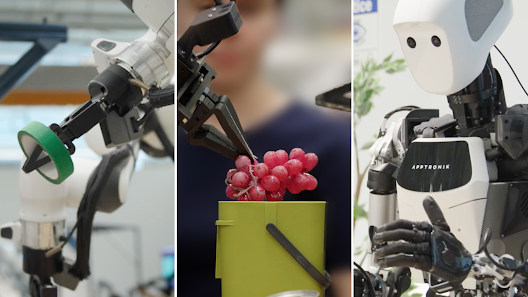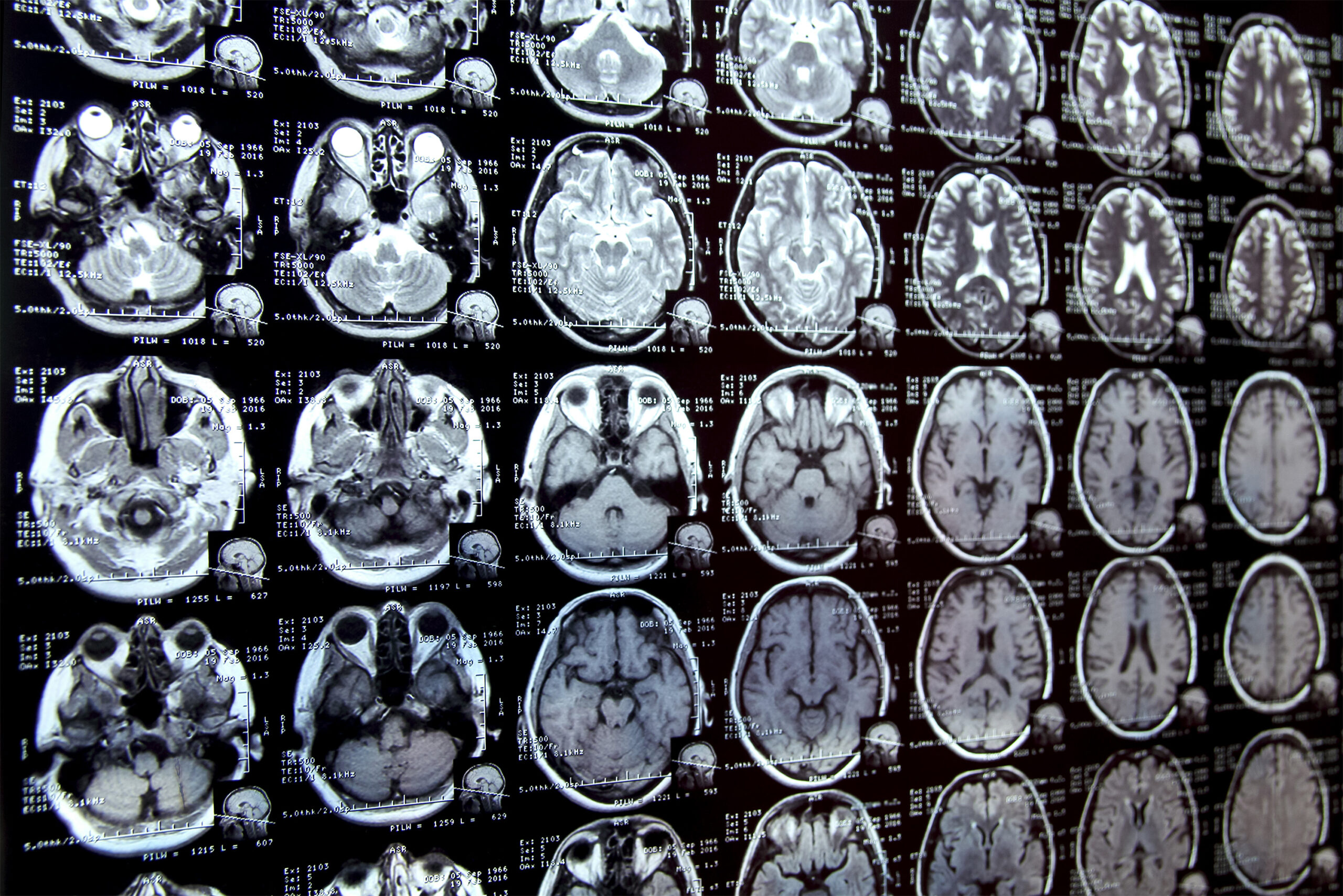Can AI help you learn a new language before traveling? I put ChatGPT’s Advanced Voice Mode to the test in Japan to see how effective it is as a language tutor.
Exploring AI as a Language Tutor
With the rise of AI-powered tools, people are increasingly looking to integrate artificial intelligence into their daily lives. When OpenAI launched ChatGPT, it sparked curiosity about its potential beyond work-related tasks. Could it also be a useful tool for learning languages?
Inspired by a demonstration of ChatGPT acting as a live translator, I decided to use its Advanced Voice Mode to practice Japanese before my trip to Tokyo. With minimal prior knowledge of the language, I wondered if AI could accelerate my learning and help me navigate a foreign country more confidently.
A Month of Immersion with ChatGPT
For a month, I dedicated 30-minute sessions to practicing Japanese with ChatGPT. I treated it as my personal tutor, focusing on travel-specific phrases for transportation, dining, and shopping. The experience was engaging but not without its challenges.
At first, my retention was poor, and I struggled to recall phrases. However, by the third week, I noticed improvement. ChatGPT’s memory feature also adapted, recognizing that I was preparing for a trip and adjusting its responses accordingly.
Strengths and Limitations of AI Language Learning
What worked well? The flexibility of ChatGPT was a major advantage. Unlike structured apps like Duolingo, it allowed free-form conversations, making it feel more natural. It also provided instant feedback and corrections, which was helpful for pronunciation practice.
What didn’t work? The chatbot occasionally lacked depth in its feedback, sometimes offering overly positive reinforcement even when my pronunciation was off. Additionally, frustrating guideline violation alerts disrupted conversations when I asked it to repeat phrases multiple times.
Putting ChatGPT to the Test in Tokyo
Once in Tokyo, I relied on ChatGPT to refresh my memory before speaking to locals. Whispering into my phone, I practiced phrases before ordering food or asking for directions. While helpful, I realized that in noisy environments like restaurants and train stations, using a traditional translation app like Google Translate was often more practical.
Some moments were humbling. After successfully asking a station staff member for directions, I confidently thanked him—but instead of saying “arigato gozaimasu,” I blurted out “kore wo onegaishimasu” (this one, please). Despite occasional slip-ups, my AI-assisted practice gave me enough confidence to navigate the city with relative ease.
The Future of AI in Language Learning
Generative AI is evolving rapidly, and its role in language learning is only growing. As AI-powered coaching becomes more sophisticated, it could redefine how people acquire new skills and knowledge through personalized learning experiences. However, experts warn that over-reliance on AI may strip away the nuances of human conversation, which remain crucial for true fluency.
While ChatGPT didn’t make me fluent in Japanese, it provided a solid foundation for essential phrases and boosted my confidence. For travelers looking for a flexible and interactive way to prepare for a trip, AI could be an exciting tool—just don’t expect it to replace traditional language learning methods entirely.
Have you tried using AI to learn a new language? Share your experience in the comments!







